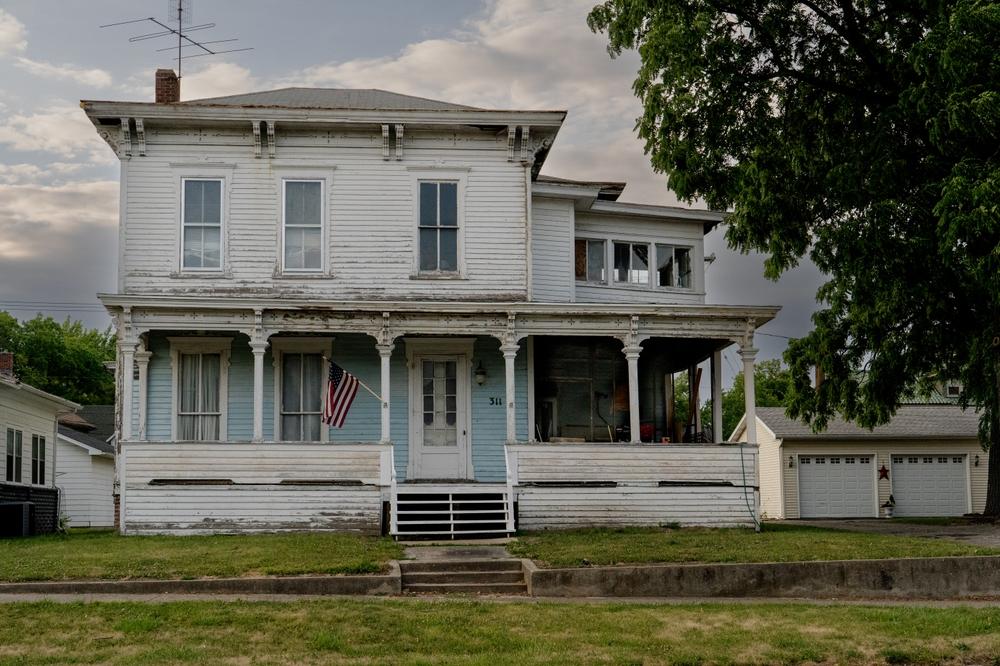Senior Living Facilities
Explore a range of senior living facilities designed to provide a nurturing environment for your loved ones. State-of-the-art communities offer personalized care, engaging activities, and a supportive community for seniors to thrive in. Experience peace of mind knowing your loved ones are in safe hands at senior living facilities.
As we age, our needs and abilities change, often requiring specialized care and accommodation. For many seniors, this entails moving into a senior living facility designed to provide the necessary care and support. The vast array of options available can make the process of choosing the right facility challenging. By understanding the different types, the difference between nursing homes and assisted living, the role of social security, and insurance for long-term care facilities, seniors and their families can make informed decisions about senior living facilities.

Types of Senior Living Facilities
There are several types of senior living facilities, each designed to cater to different needs and levels of independence. Independent living facilities, also known as retirement communities, are ideal for seniors who can live independently but want the convenience of services like housekeeping and social activities. Assisted living facilities offer a higher level of care, providing assistance with daily activities such as bathing, dressing, and medication management.
Nursing homes provide round-the-clock medical care and supervision for seniors with severe health conditions or those recovering from surgery. Continuing Care Retirement Communities (CCRCs) offer a continuum of care from independent living to nursing home care in one location, allowing residents to transition as their needs change. Memory care facilities are specialized nursing homes or assisted living facilities designed for individuals with Alzheimer's disease or other types of dementia.
Difference Between Nursing Homes vs. Assisted Living
The primary difference between nursing homes and assisted living facilities is the level of care provided. Assisted living facilities cater to seniors who need some help with daily activities but can still maintain a level of independence. They offer a homier environment and prioritize social interactions and activities.
In contrast, nursing homes are for seniors who need constant medical care or supervision. They have a more institutional feel and are staffed by medical professionals who can provide medical care and therapy services. While both offer meals, housekeeping, and activities, the choice between the two largely depends on the senior's health status and need for medical care.
Does Social Security Pay?
Social Security provides a financial safety net for many seniors, but it's important to understand what it covers when it comes to senior living facilities. Social Security does not typically cover the cost of independent living or assisted living facilities. However, it can be used to cover some costs associated with nursing home care, especially if the individual qualifies for Medicaid. It's vital that seniors and their families consult with a financial advisor or elder law attorney to get a clear understanding of what Social Security will and will not cover.
Insurance For Long Term Care Facilities
Long-term care insurance is a type of insurance designed specifically to cover the costs of long-term care services, including in-home care, assisted living, and nursing home care. The policy typically covers care not covered by health insurance, Medicare, or Medicaid. It’s important to note that long-term care insurance must be purchased before a person becomes ill or disabled.
Most policies are expensive and premiums can increase over time. However, they can be a financial lifesaver for those who need extensive long-term care. It is critical to carefully review and understand the terms of a long-term care insurance policy, including what it covers, its limitations, and its cost.
The process of choosing a senior living facility is complex and requires careful consideration of the individual's needs, financial situation, and future health prospects. Understanding the types of facilities, the differences between nursing homes and assisted living, the role of social security, and long-term care insurance options are crucial steps in making an informed decision. Ultimately, the goal is to ensure that seniors receive the right level of care in a comfortable, supportive environment where they can enjoy their golden years with dignity and peace of mind.











